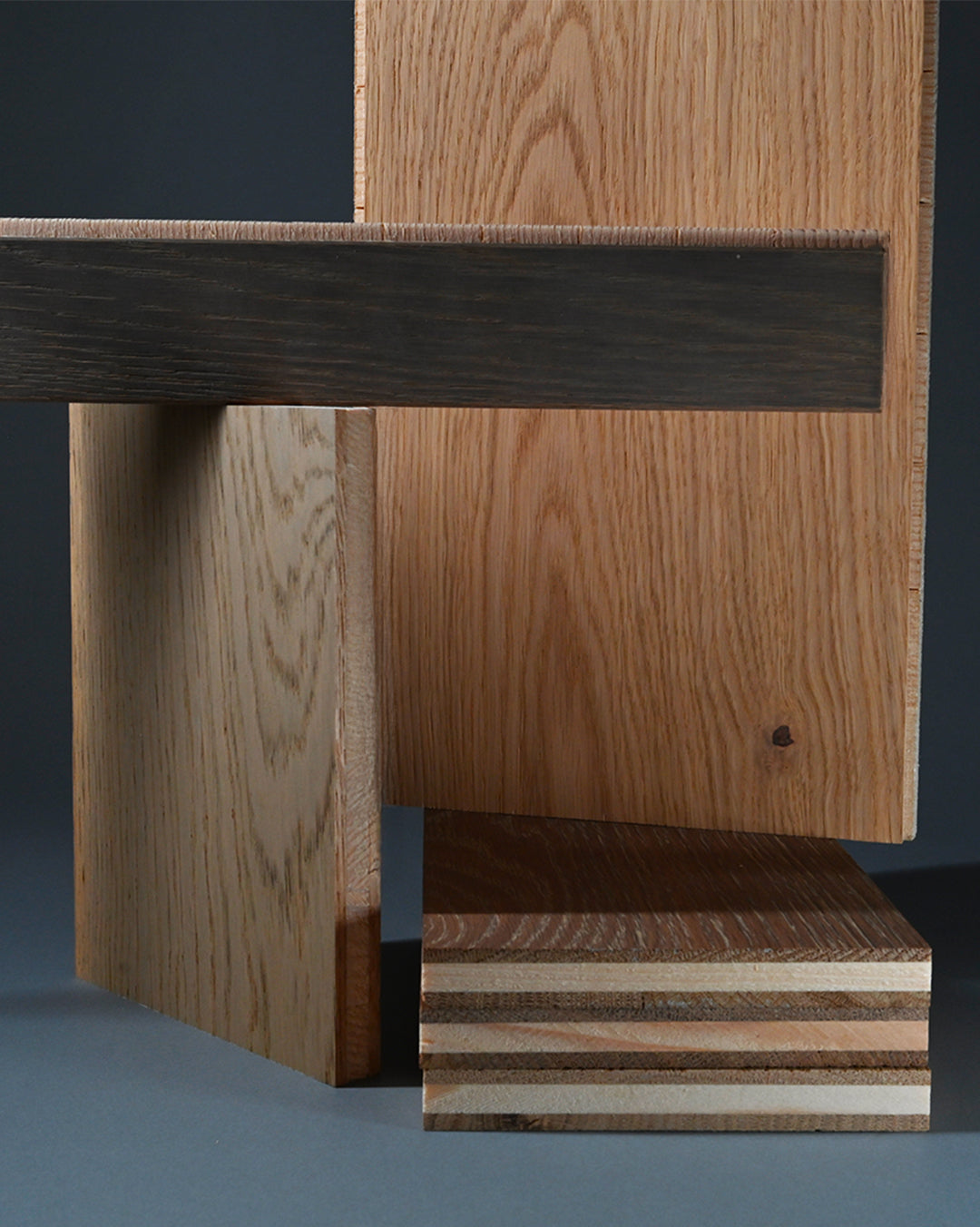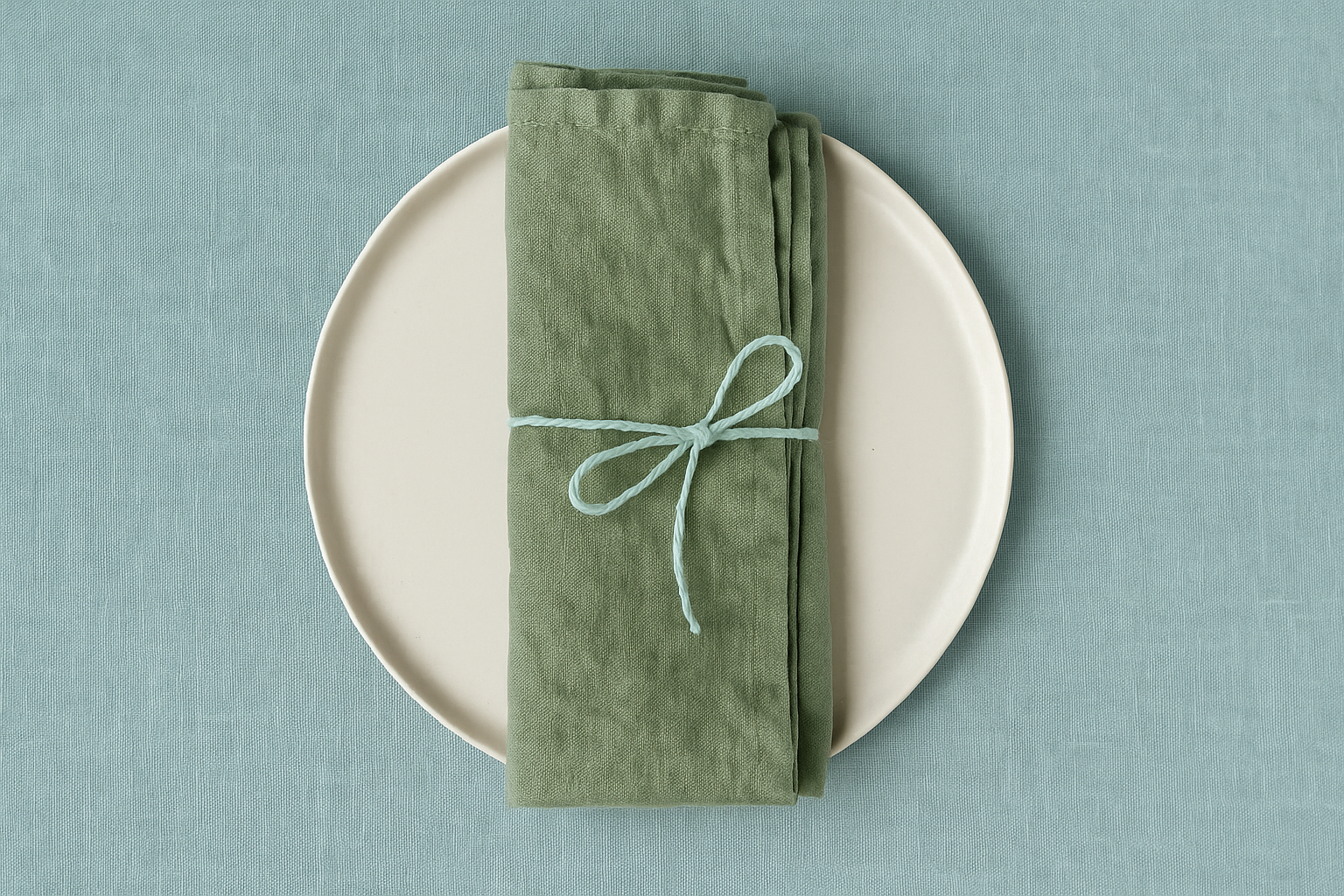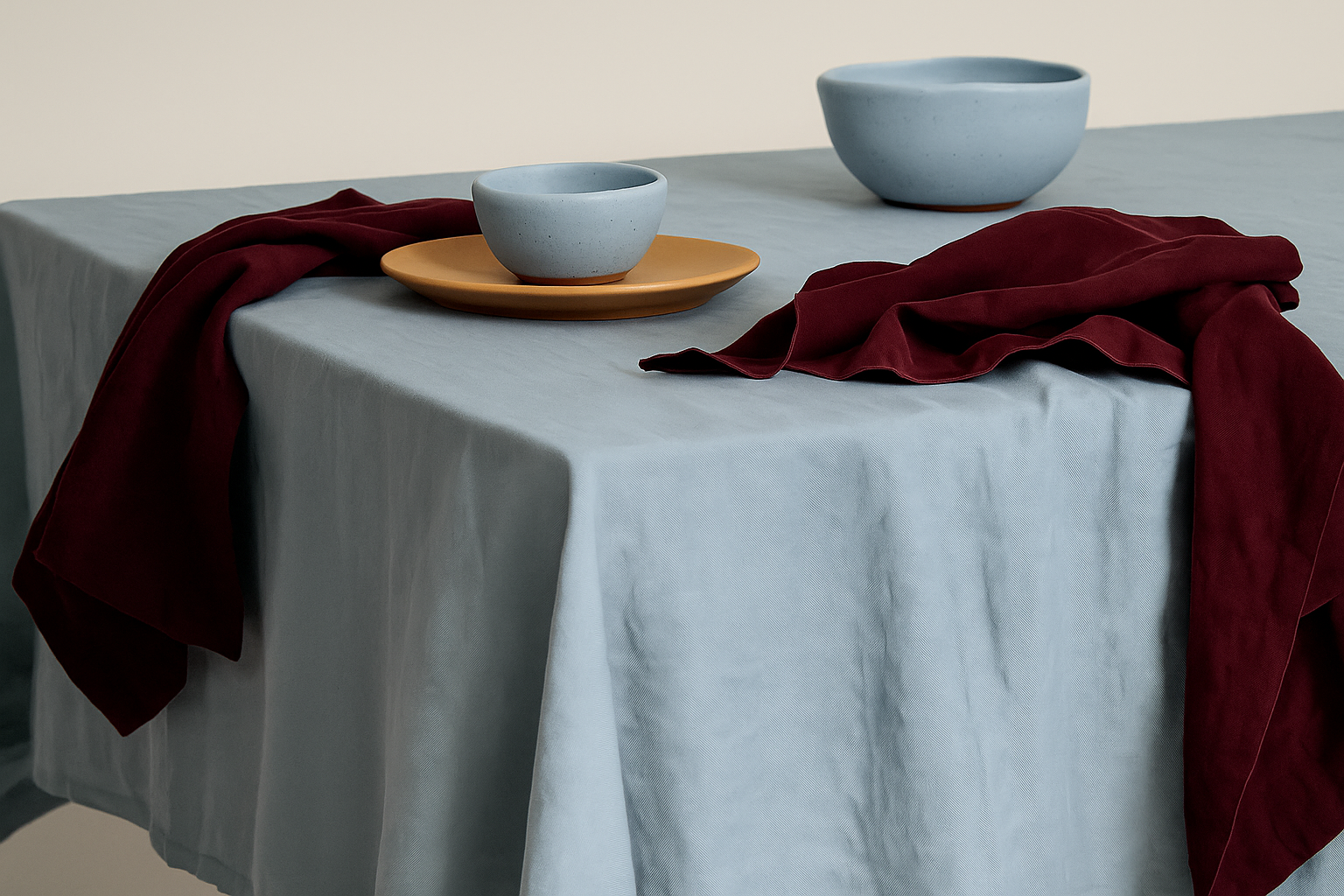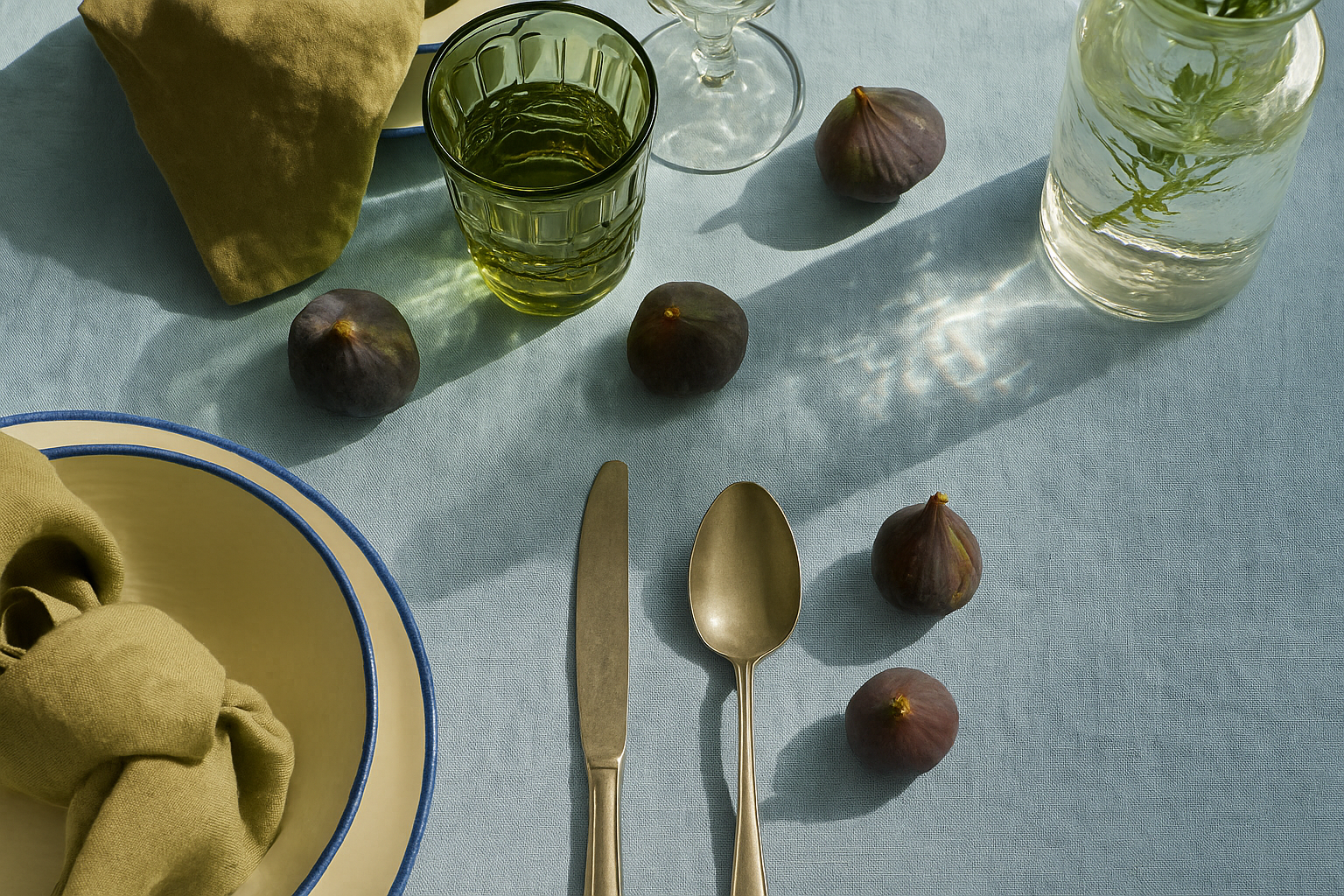Setting the table is not a mere functional gesture, but a visual poem: it becomes a temporary landscape where objects and materials intertwine in a balance of contrasts. Like a bouquet, it is the dialogue between forms, colors, and textures that creates the atmosphere.
September 30, 2025
01. The autumn palette
Autumn itself is a canvas: terracotta and golden ochre, burgundy and olive green, rust, mustard and camel, all the way to dark chocolate and burnished copper. Defining a palette means establishing a visual order that guides every choice, ensuring coherence throughout. Tone-on-tone compositions exude a quiet, sophisticated elegance.
One idea? Choose a dominant color — olive green, for example — and extend it across plates, napkins, glasses, and decorative accents. Even monochrome can become lively and playful, especially when enriched with material variations.
02. Fruit and vegetables as decoration
Arcimboldo reminds us: food is both ornament and art. Grapes, persimmons, pomegranates, radicchio, pumpkin, chard, and cabbage become the protagonists of a decorative system that is alive, dynamic, and sustainable.
A cluster of grapes paired with a persimmon and a radicchio leaf, a pomegranate glowing against the dark green of chard — these are chromatic and tactile contrasts that animate the table. A simple yet striking combination? Purple radicchio, dark grapes, and chard: a trio that blends harmony with originality.

03. A bedsheet as tablecloth
Removing an object from its usual context is a radical gesture: a bedsheet used in place of a tablecloth introduces movement and theatricality. Drapes and folds evoke ancient symposia and suspended atmospheres, turning the table into both stage and ritual.
With light fabrics — ivory or beige — the setting opens up and brightens; with deeper tones — burgundy or olive green — the effect is richer in contrast and intensity.

04. Tiles as cutlery rest or coaster
A tile becomes a cutlery rest or coaster: a tactile insert that breaks rigidity and creates new visual geographies.
Playing with formats, glazes, and textures transforms the mise en place into a modular mosaic. Alternating different surfaces, matte and glossy, enhances rhythm and lightness.
05. Candles, light, and depth
Candles create an intimate chiaroscuro, almost Caravaggesque, that transforms the table into a small theater.
They can be neutral, in harmony with the palette, or tinted in seasonal tones to reinforce it. Beyond color, shapes also take the stage: from geometric lines to more organic, sculptural silhouettes.

06. Tiles as decorative objects
Tiles move beyond function to become decorative elements. Arranged in sequence, they trace a path along the table, enriched with flowers, fruits, or small objects — like a mineral carpet that redefines the surface. Used as small sculptural accents, tiles create three-dimensional compositions, discreet yet theatrical, bringing rhythm and identity to the setting.
Related Posts

You sit on a bench as the wind gathers the first fallen leaves. Autumn always has the power to slow down time: the light turns golden, the days grow shorter, the sounds become softer. It is the sea...
Read More
A sample isn’t a floor. It’s just a glimpse. A clue. A fragment that, if you know how to look, can tell you a lot. But only if you know what to pay attention to.
Read More





